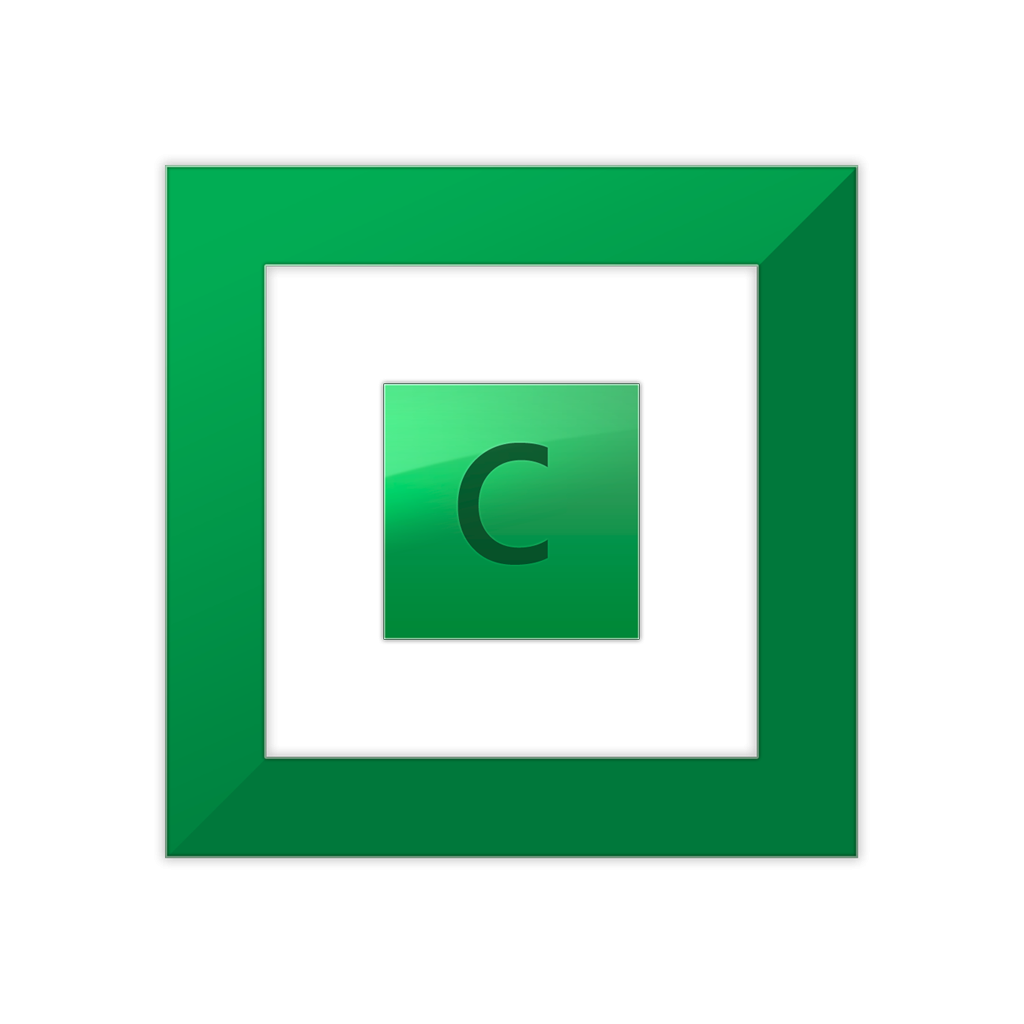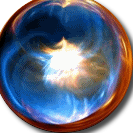-
Posts
11700 -
Joined
-
Last visited
-
Days Won
388
Christopher (Drashna) last won the day on June 30
Christopher (Drashna) had the most liked content!
About Christopher (Drashna)

- Birthday 06/25/1983
Contact Methods
-
MSN
drashna@live.com
-
Website URL
https://drashna.net/blog/
-
Jabber
christopher@covecube.com
-
Skype
drashnajaelre
Profile Information
-
Gender
Male
-
Location
San Diego, CA, USA
Christopher (Drashna)'s Achievements
-
 Shane reacted to an answer to a question:
Drivepool shows "starting service" for hours even though drive is usable
Shane reacted to an answer to a question:
Drivepool shows "starting service" for hours even though drive is usable
-
 Shane reacted to an answer to a question:
Replaced bad drive, now the entire pool is read-only?
Shane reacted to an answer to a question:
Replaced bad drive, now the entire pool is read-only?
-
Christopher (Drashna) started following What happened to my trial license?! , Regarding read performance from SMB , Replaced bad drive, now the entire pool is read-only? and 7 others
-

Regarding read performance from SMB
Christopher (Drashna) replied to Source_man's question in General
a couple of things to add to that, I do recommend running "netsh int tcp set global autotuninglevel=highlyrestricted" from an elevated command prompt on any Windows system. The normal "autotuning" setting is overly aggressive and causes a lot of issues, in my experience (sadly, this has been an issue since even the Vista days). Also, on your network adapter, disabling options like "green ethernet", any settings with "checksum" or "offload" in the name, "interrupt modulation", may help with performance and reliability. I'd like to say "reportedly bugged". -

Drivepool shows "starting service" for hours even though drive is usable
Christopher (Drashna) replied to Crustyman's question in General
No, it dosen't have any preference. But if you have read striping enabled, it should use that to optimize the reads. However, you might be able to use the file placement rules to hack this. Eg, add a rule for "\.covefs\*" should work (or at least, dosen't error out). This should allow you to specify a drive (and testing this, it looks to be respected) -

Replaced bad drive, now the entire pool is read-only?
Christopher (Drashna) replied to Knocker's question in General
You can also do this with power shell, and with "two" commands. In both cases, this gets a list of disks -> checks for any items that have the "read only property" -> and for each, run the command to disable read only. These are safe to run, and I have verified that they cause no issue on my personal system/server. -

Hard Disk Sentinel & Stablebit Drivepool issue
Christopher (Drashna) replied to ImperialDog1999's question in General
To jump in late here, yeah, this sounds very much like a disk issue. A bad cable, connection or even drive may be the culprit here. I would recommend reseating the cables for the drives having issues, or even replacing them (I've actually had SATA cables "burn out", in the past ...). And if that doesn't help, disconnect the drive. If keeping it disconnected clears up the issues, there may be an issue with drive itself (such as the pcb controller on it), and you may want/need to RMA this drive (sooner rather than later). -
 Shane reacted to an answer to a question:
Do you duplicate everything?
Shane reacted to an answer to a question:
Do you duplicate everything?
-
 Thronic reacted to an answer to a question:
Do you duplicate everything?
Thronic reacted to an answer to a question:
Do you duplicate everything?
-
Ah, okay. So just another term like "spinning rust" And that's ... very neat! You are very welcome! And I'm in that same boat, TBH. Zfs and btrfs look like good pooling solutions, but a lot that goes into them. Unraid is another option, but honestly, one I'm not fond of, mainly because of how the licensing works (I ... may be spoiled by our own licensing, I admit). And yeah, the recovery and such for the software is great. A lot of time and effort has gone into making it so easy, and we're glad you appreciate that! And the file recovery does make things nice, when you're in a pinch! And I definitely understand why people keep asking for a linux and/or mac version of our software. There is a lot to say about something that "just works".
-
What if the file is duplicated, and exists on multiple drives? What if the file needs to be moved to another drive, but not all copies of it need to be? Etc. It's not that it's not possible, but the additional overhead of all of these edge cases (and more that I can't think of aff the top of my head) make things a LOT more complex. And since some of this branched checking needs to happen in the kernel ... the longer it takes, the more it will adversely impact the system. It's a similar reason for why we don't support dynamic disks, either.
-
Usually the stack text has 10-12 lines, so it not is ... very odd. And if it does happen again, I do recommend running the StableBit Troubleshooter after opening a ticket (so you can get the ticket ID, or just use 30727). The troubleshooter will compress the crash dumps, and upload them, along with other logs that tend to be useful. Hopefully, you won't need to do that, but in case you do.
-
Could you open a ticket at https://stablebit.com/Contact ? And this is odd. Everything looks to check out, and checksum is valid, so it should work. But checking the ignore checksum and signauter options may help
-

A file cannot be opened because the share access flags are incompatible
Christopher (Drashna) replied to Scott H's question in General
That's ... very odd. If the issues comes back, let us know (and open a ticket at https://stablebit.com/Contact) -
I'm with shane, on the duplicating important files. Very important stuff with x3. But bulk media? Unless it's personal stuff, I don't bother. The amount of data I have makes it not worth bothering. As for the performance hit, that's not too surprising. There is a lot that goes into that, and even on a bare drive, you can see drops like that. Also, you said "e-waste drives". If these are previously used, the chances of issues are much higher, and may impact performance, too. And if it makes you feel any better, I've switched most of my systems over to linux, but the server stays on Windows plus StableBit DrivePool. There are other solutions out there, for sure, but StableBit DrivePool is just drop dead simple.
-

Error - 0x800705AA when copying from client PC to Network Share
Christopher (Drashna) replied to hansolo77's question in General
A new thread would have been better, here, IMO. I do believe that you've opened a ticket already. But just in case, enabling drive tracing and posting the logs to a ticket would be a good idea: https://wiki.covecube.com/StableBit_DrivePool_2.x_Log_Collection -
Make sure you have the latest version installed: https://dl.covecube.com/DrivePoolWindows/release/download/StableBit.DrivePool_2.3.12.1683_x64_Release.exe (There are some memory hardening things in there that may help) Also, if you're still seeing BSOD's they should be reported to https://stablebit.com/Contact (Also, you cut off the log right before it shows the memory operations, and are the most important part of the printout). And the covefs.sys driver is our driver, and the pool driver, specifically.
-
 Thronic reacted to an answer to a question:
How to idle drives
Thronic reacted to an answer to a question:
How to idle drives
-
For StableBit DrivePool, the only setting that can impact this is the "BitLocker" detection setting. https://wiki.covecube.com/StableBit_DrivePool_2.x_Advanced_Settings The setting in question is the example for how to edit and disable the setting, actually (and coincidentally). Also, make sure that you do not use A:\ or B:\ for the pool's drive letter, as Windows has some hard coded behavior that pings these drive letters frequently under the assumption that they're floppy drives. If you have StableBit Scanner installed, then in the Scanner Settings, enable the "throttle queries" option in the SMART tab, as this can cause the drives to wake up or stay active.
-
 Thronic reacted to an answer to a question:
Did StableBit go out of business? (I hope not)
Thronic reacted to an answer to a question:
Did StableBit go out of business? (I hope not)
-

What happened to my trial license?!
Christopher (Drashna) replied to SniperJoConfigures's question in General
Also: https://stablebit.com/Support/DrivePool/Licensing So technically, not quite a read only state. And for the trial period ending, if the system date and time was not correct and updated, it could trigger this sort of behavior. -

I need to reposition my drives in JBOD, will it screw up my pool?
Christopher (Drashna) replied to phdeoliveira's question in General
What shane said. Also, depending on the backplane, adding a fan (or changing the fan curve for that fan, or replacing it with a more powerful fan) may be a good idea.







